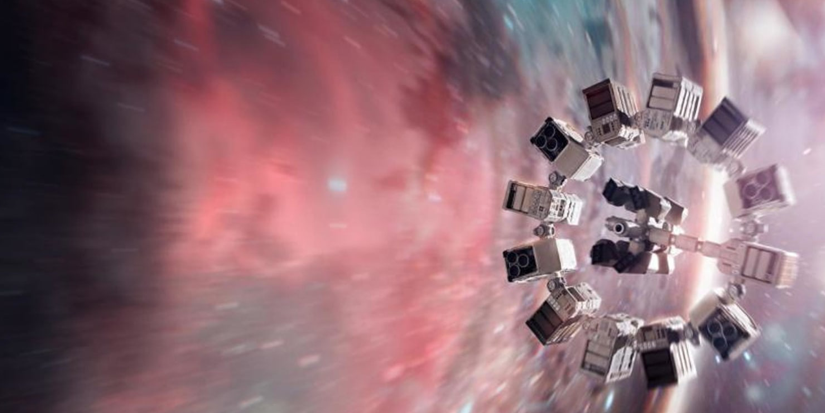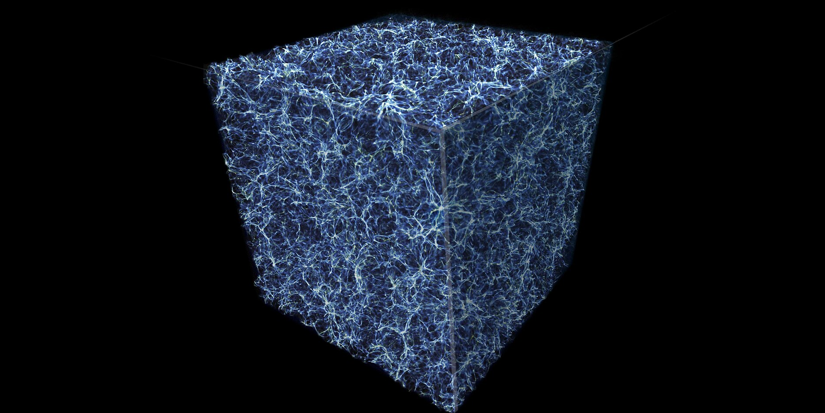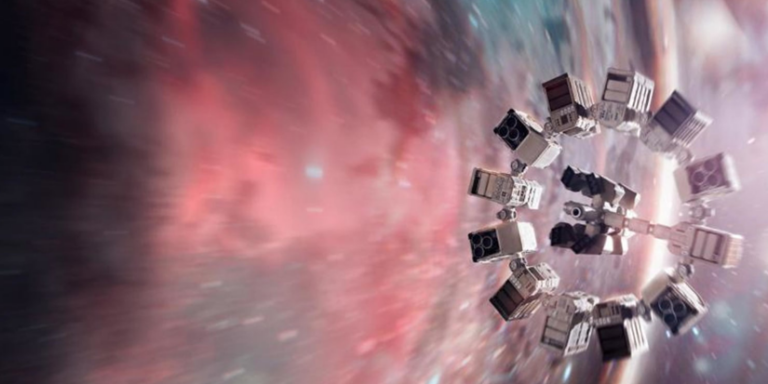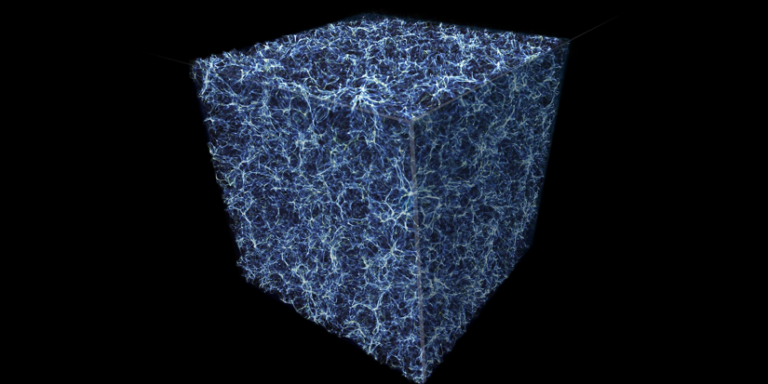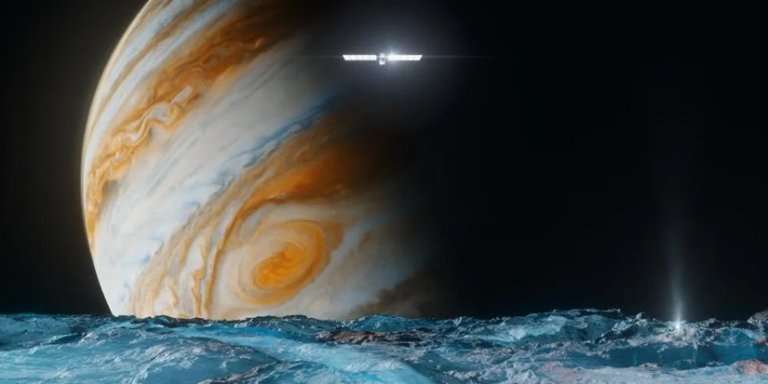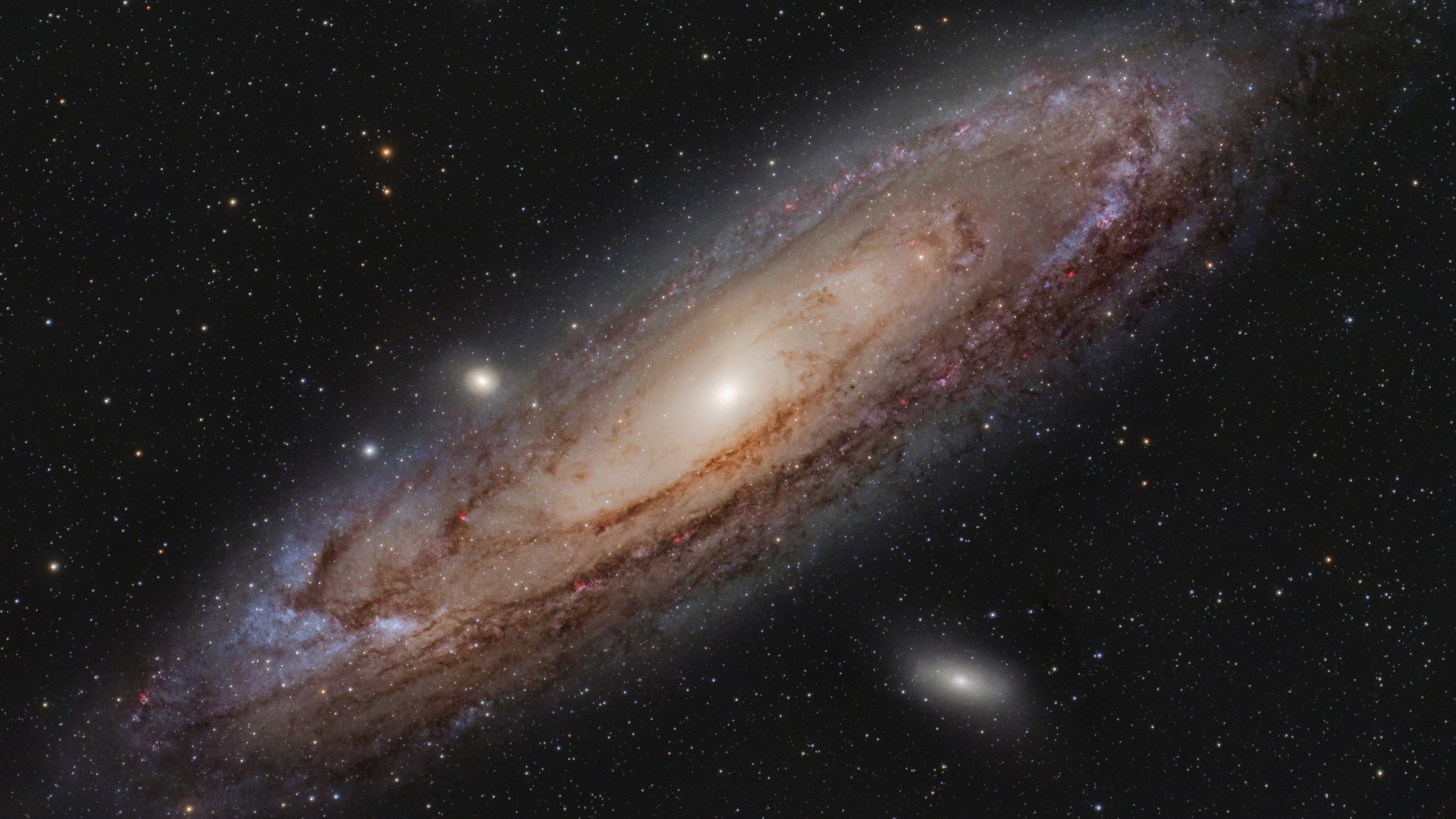
1455373371
The Andromeda Galaxy, also known as Messier 31, M31, or NGC 224, is a majestic spiral galaxy located approximately 2.537 million light-years away from Earth. It is the nearest major galaxy to the Milky Way and is part of the Local Group, a collection of more than 54 galaxies, which also includes our own galaxy. Andromeda spans an impressive diameter of about 220,000 light-years, making it significantly larger than the Milky Way. Its mass is estimated to be around 1.23 trillion times that of the Sun, containing a vast array of stars, star clusters, nebulae, and dust.
One of the most fascinating aspects of the Andromeda Galaxy is its inevitable collision course with the Milky Way. Current estimates suggest that in about 4.5 billion years, these two galaxies will undergo a cosmic collision and merge to form a single, larger galaxy. Despite the immense distances involved, the gravitational pull between the two galaxies will eventually overcome the expansion of the universe, drawing them together. This event will dramatically reshape the structure of both galaxies, triggering intense bursts of star formation and potentially altering the trajectories of countless stars within them. Studying the Andromeda Galaxy provides scientists with valuable insights into the dynamics of galactic evolution and the fate of our own cosmic neighborhood.
